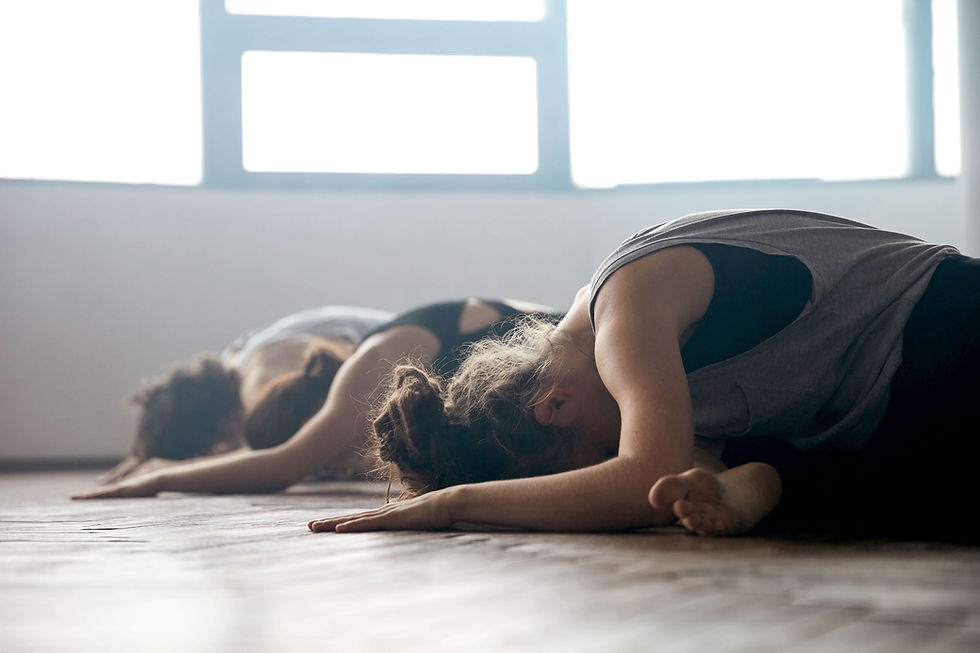
If you thought dancing was only for those lean, beautiful masters on reality TV shows, you are sorely mistaken. As much as dance is an art and like any art, perfected and mastered over years of practice, it’s not wrong to say that it can be an integral component of a healthy lifestyle.

Dance can contribute to your physical as well as your mental health by being a channel of your self-expression helping you release built up tension and stress. So read on to know how movement is truly medicine!
1. Reduces Depression/ Increases Focus and Flow
Dancing promotes the experience of “flow”, which is an almost meditative state that allows the dancer to focus solely on the movements, music, and rhythms instead of worries and stress. This experience of focus and flow also contributes to learning how to be more aware and mindful of one’s mental state. This awareness brings you to the present moment, letting go of worries of the past or anxieties of the future.

2. Boost Confidence
Body movement can help you feel more confident in your own skin. It is a great way to express yourself and showcase your abilities. Dance provides an environment in which individuals can develop a sense of connection and togetherness with other dancers. This strengthening of social bonds helps to build social confidence and reduce social anxiety.
Individuals who dedicate themselves to dance learn the importance of grit and perseverance. This drive and motivation eventually lead to a sense of accomplishment. Dancers feel a boost of confidence as they master routines and achieve their goals.

3. Mindfulness & Holistic
Any form of dance not only helps to build body muscle, but brain muscles as well. As a dancer practices and learns a routine, they are exercising the memory centers of their brain as well as strengthening their concentration. Dance routines also teach pattern recognition skills.
Building up these cognitive skills may contribute to a decrease in the risk of dementia and Alzheimer’s. Dance is an activity that positively affects all regions of the brain. The creation of flow and focus lends to a sense of mindfulness which is a powerful tool in combating struggles such as anxiety. Also, building confidence and self-esteem can have a direct effect on calming social anxiety.

4. Heart Health
Flow + movement are a great form of exercise and can help to improve your overall cardiovascular health. An instructor using the fluid nature of this school of movement, can choreograph routines that match your stamina allowing it to be a moderate routine or make it more aerobic in nature.

5. Improves Sleep
All forms of cardio can be a great way to relax and unwind after a long day! Dance can help to improve your sleep quality and make you feel more rested. Through a gentle dance routine, you can release tension that may have built up in your body by staying at your desk all day or running around with the kids. It can take your mind off your to-do list for tomorrow and create a space for you to rest!

6. Stiffness/ Improves Mobility
Movement, in general, dancing can help to reduce pain and stiffness in the body. Body movement, in particular, is a great form of exercise for people who are dealing with chronic pain. Flexibility can be increased with dancing, and it’s a healthy way to maintain healthy joints. Even if you already have health problems that affect your joint health, dance is a safe exercise!

While taking that first step into a dance studio may seem like a monumental challenge, there is no denying that the lasting effects of dance are well worth the leap.
~ the CREATIVE COLLECTIVE
Comments